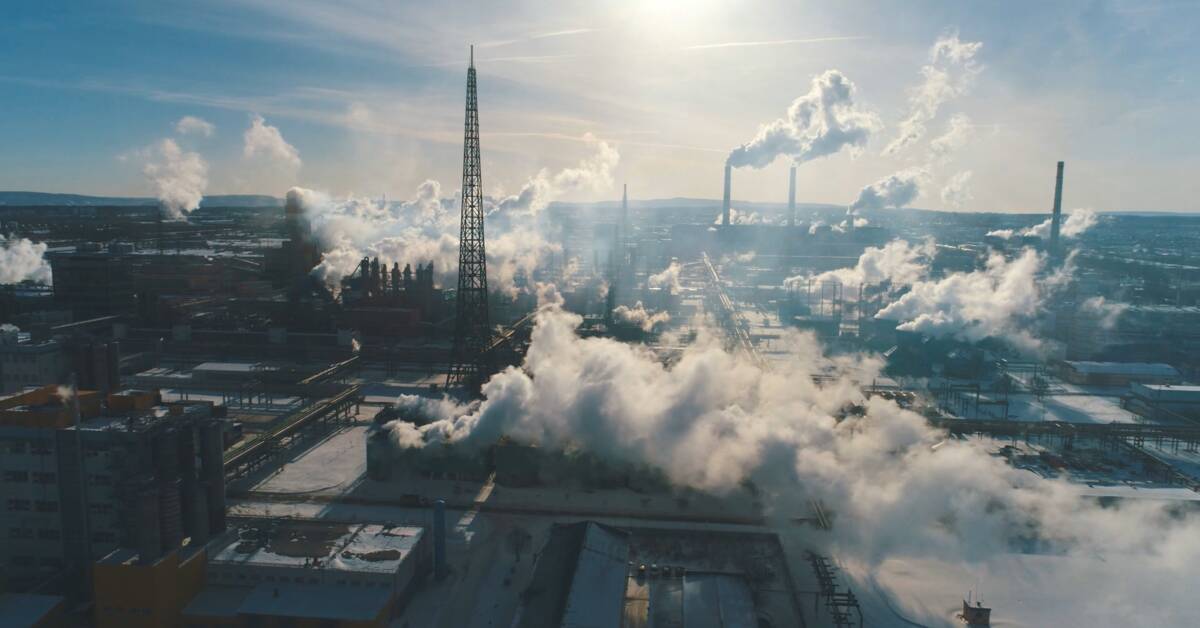Carbon dioxide can be captured from the atmosphere and converted into chemicals, building materials or new fuel.
The technology of capturing and recovering carbon dioxide is called carbon capture and utilization (CCU) and is mainly used in industries that have large amounts of greenhouse gas emissions.
Researchers at Radboud University in the Netherlands have now investigated which technologies have the potential to capture and reuse carbon dioxide in a way that is compatible with the Paris Agreement's temperature targets.
Get techniques consistent with the goals
Researchers have estimated that by 2050 we must capture as much carbon dioxide as is emitted, so-called net zero emissions.
Of the 44 CCU techniques that the researchers have evaluated, only four meet the criteria for the long-term goal.
The other technologies often rely on fossil fuels in the energy-intensive process of capturing carbon dioxide and converting it into a product.
In addition, the product often contributes to carbon dioxide being released back into the atmosphere during use.
- Fuels and chemicals are examples of products that emit carbon dioxide when used again.
Producing those products could reduce emissions in the short term, but it often requires large amounts of energy during production and most energy sources lead to emissions again, says Kiane de Kleijne, lead author of the study published in One Earth on Friday.
Removes focus from reducing emissions
Carbon capture has been identified as an important tool for limiting global warming.
But the technology is also criticized for in many cases releasing the carbon dioxide into the atmosphere again instead of binding the carbon dioxide permanently.
If we are to achieve the goals in the Paris Agreement, there will not be many decades left until we can emit carbon dioxide at all.
Then it is not enough to make a short-lived product as a fuel that is released into the atmosphere anyway.
In practice, I do not think that CCU technology is such a big deal because the climate benefits are often quite limited, says Filip Johnsson, professor of energy technology at Chalmers University of Technology.

